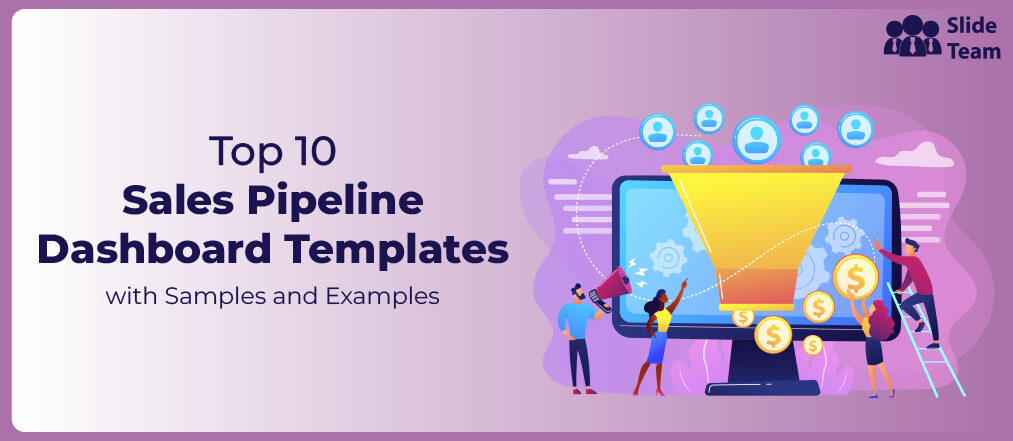Today’s business scenario is such that our sales teams must find their way through dissatisfaction and blind cold calls, amid a pool of competitors that is ever increasing to win over the target customers. Moreover, only by implementing the appropriate messaging, timing, and a comprehensive sales content management playbook can we effectively bridge the gap between our businesses and the intended audience.
Take a look at your sales force. Undoubtedly, they are the most diligent department in any organization. Sales people gain the recognition of being the most hardworking people, yet, this dedication at times becomes a nuisance for customers. Receiving promotional emails, attending cold calls, crowded billboards, or even making appearances via partnered distribution channels can become overwhelming for the customers. Although these are the ways to approach your target audience, it’s only with a more refined approach that we can de-stress the entire process.
Here’s where a sales content management playbook will guide our endeavors, ensuring that irrelevant communication is avoided.
SlideTeam comprehends the necessity of a sales content management playbook which is why in the following section we have pointed out the main components to be included in one. Guide your playbook formation with our well-researched templates or simply grab the mother presentation to get a content-ready framework.
Each of the templates is 100% editable and customizable. The content-ready nature provides you with the starting point of your presentation; while the editability feature means you can tailor the presentation to unique audience preferences and tastes.
Templates for Your Business
Template 1: Template to Determine Product Positioning and Messaging
Work on the first step to creating a powerful brand messaging by determining your product positioning. Use this pilot slide to guide your team in identifying the value proposition, brand pillars, and consequently framing the elevator pitch in light of it. Know your product first before targeting your audience and this PPT Slide is a brilliant way to do so. Download now.
Template 2: Buyer’s Persona Template
Identify the main divisions of your target audience and create buyer personas around the major clients with this content-ready PPT Layout. Mention the goals and challenges before exploring the personas in detail to filter the pain points and to offer your products as a solace. Once your ideal customer profile will be created, targeting them with effective communication, promotional emails, and offers will become fruitful. Get this handy template now!
Template 3: Template to Align Buyers Journey with Sales Process
A crucial part of generating revenue in sales operations is creating a sales pipeline. This content-ready PPT Template will aid your sales pipeline communication. Associate purpose with each step of an effective sales pipeline with this ready-made framework so that no communication misses its purpose. Compare the buyer's journey with your sales process to compliment each step with a counterpart solution. Get it now.
Template 4: Template for Prospect Nurturing Program
Create an annual content program to enhance customer engagement using this tabular design. Brainstorm and schedule all effective means of communication such as, sending out emails, hosting webinars, etc, with this pre-designed planner template. Organize and schedule frequencies of different modes of communication in maximizing customer engagement as shown in this PPT Template. Grab this PPT Design to establish the communication modes so that the followup content management can be streamlined.
Template 5: Monthly Potential Buyer Lead Nurturing Plan Template
Create a monthly ready nurturing plan with this content-ready PPT Template. List the activities and schedule their frequencies with this design-ready PPT Layout. With this framework, you can even specify the audience, responsible teams, and any additional notes to make this template information-sufficient. Without further ado, grab it now.
Template 6: Template to Ensure Effective Sales Management Team Communication
To establish an effective customer content management plan, there needs to be an effective communication plan between the teams especially the sales division. With this content-ready PPT Layout, schedule the crucial weekly, monthly,and quarterly meets between different sales teams at play. Deploy this ready to use PowerPoint slide to plan frequency, and discuss agendas. Accelerate your sales content management planning with this preset.
Template 7: Sales Management Planning Team Template
To deliver a powerful sales content management manual, you need the interplay of core sales teams. Plan the contribution of sales personnel and their coordination with this actionable PPT Layout. Use a mix of infographics and captions as shown in this PPT Slide to enhance the readability of this important aspect of content management planning. Download now!
Template 8: Sales Workforce Training Template
Prepping your team on creating an effective sales content management plan is yet another crucial aspect. With this PPT Slide, plan training and induction programs to equip your sales personnel on skills and techniques that benefit business. List all relevant programs ranging from basic to advanced levels, plan their frequency and schedule their occurrence with this editable PPT Layout. Download now.
Template 9: Sales Team Performance Tracking Metrics Template
Measure efforts and progress made by implementing renewed sales content management plans with this performance report card template. Mention the major highlights of your performance as average revenue per account, win rate, net promoter score etc alongside detailed sale tracking as shown in this PPT Slide. Furthermore, tally the individual scores of the sales team by comparing them on parameters like business meet shield, sales opportunities created, lead response time rendered, etc all using this content-ready PPT Template. Download now.
Template 10: Sales Management Activities Tracking Dashboard Template
Grab this sales management activity tracking dashboard to monitor the effectiveness of your sales content strategies. Track parameters like month over month growth, closed businesses, monthly forecasts, and effectiveness of sales pipelines, all with this single dashboard template. It is an Excel-lined slide with graphs and pie charts embedded to help you visualize multiple data at once. Don’t waste time in downloading this intensive dashboard from scratch, grab the ready-made layout from the link below.
Organize your sales content management playbook by including these crucial templates or simply download the mother presentation by clicking here.
PS: Boost your sales by planning your channel partner strategy ahead of others. Read this blog on how to effectively plan and implement a channel partner strategy sufficed with PPT Templates to prep your team as well.
FAQs on Sales Content Management Playbook
What is sales content management?
Sales content management refers to the process of organizing, creating, storing, sharing, and distributing sales content that is used by sales teams to engage with prospects and customers. It involves the management of various types of content, such as product information, case studies, presentations, proposals, sales scripts, and other marketing materials.
Sales content management aims to ensure that the right content is available to sales teams at the right time, in the right format, and in the right context. It helps sales teams to effectively communicate with prospects and customers, and to accelerate the sales cycle by providing them with the information they need to make informed decisions.
Sales content management tools, such as content management systems (CMS), enable companies to organize and store sales content in a centralized location, making it easy for sales teams to access and use the content. They also provide analytics and insights into how sales content is being used, which helps companies to optimize their sales content strategy over time.
How do you structure a sales playbook?
A sales playbook is a document that outlines the sales process and provides sales reps with a set of guidelines, best practices, and tactics to follow in order to effectively engage with prospects and close deals. Here are some steps you can take to structure a sales playbook:
- Define your sales process: The first step is to define your sales process, which should include all the steps that a prospect goes through before becoming a customer. This can include stages such as prospecting, qualifying, presenting, handling objections, closing, and follow-up.
- Identify your target audience: Determine the different types of prospects that your sales reps will be engaging with, and segment them based on their needs, pain points, and buying behaviors.
- Create sales messaging: Develop messaging for each stage of the sales process that speaks directly to the pain points and needs of your target audience. This messaging should be consistent across all sales collateral, such as emails, phone scripts, and presentations.
- Define sales activities: Define the specific activities that sales reps should undertake at each stage of the sales process, such as the number of calls or emails to send, how to handle objections, and how to close deals.
- Provide training and resources: Provide sales reps with the training and resources they need to be successful, such as product training, objection handling guides, and best practices for sales presentations.
- Establish metrics and reporting: Define the key performance indicators (KPIs) that you will use to measure the success of your sales playbook, such as conversion rates, deal size, and time to close. Develop reporting processes to track these metrics and adjust your playbook as needed.
How do you create sales content?
Creating effective sales content requires a clear understanding of your target audience, their pain points, and the solutions that your product or service can provide. Here are some steps to follow to create compelling sales content:
- Define your target audience: Understand your target audience, their needs, challenges, and preferences. Use customer feedback, surveys, and data to create buyer personas that represent your ideal customer.
- Define your messaging: Develop messaging that resonates with your target audience, using language that speaks to their needs and pain points. This messaging should be consistent across all sales content.
- Choose the right format: Select the format that best fits the messaging and the target audience. This can include emails, blog posts, whitepapers, case studies, videos, webinars, and infographics.
- Use storytelling: Use storytelling to illustrate how your product or service has helped customers overcome challenges and achieve their goals. This helps prospects to visualize how your solution can help them.
- Highlight benefits: Focus on the benefits of your product or service rather than its features. Highlight how your solution can solve a specific problem and provide a tangible benefit to the prospect.
- Use visuals: Incorporate visuals such as images, charts, and diagrams to help convey complex ideas and break up text. This can increase engagement and help the prospect understand the messaging.
- Provide a clear call to action: Always provide a clear call to action that tells the prospect what they should do next, whether it's to contact a sales rep, schedule a demo, or download a resource.


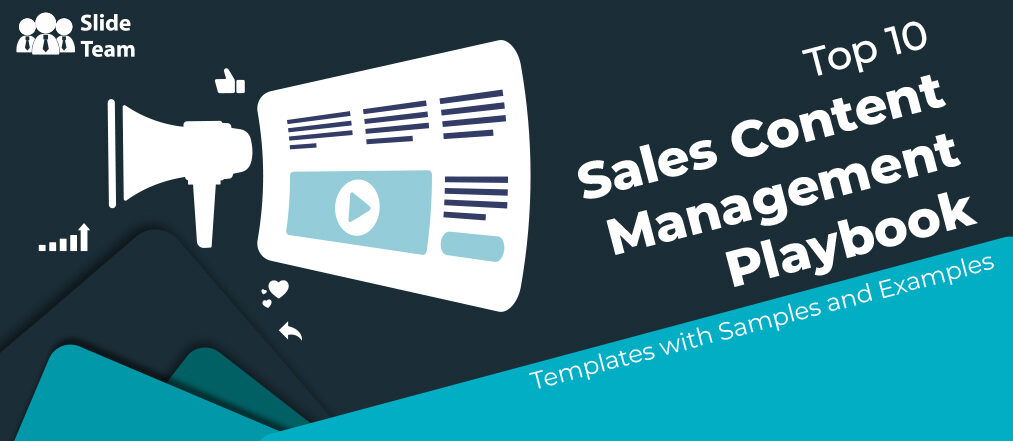


 Customer Reviews
Customer Reviews

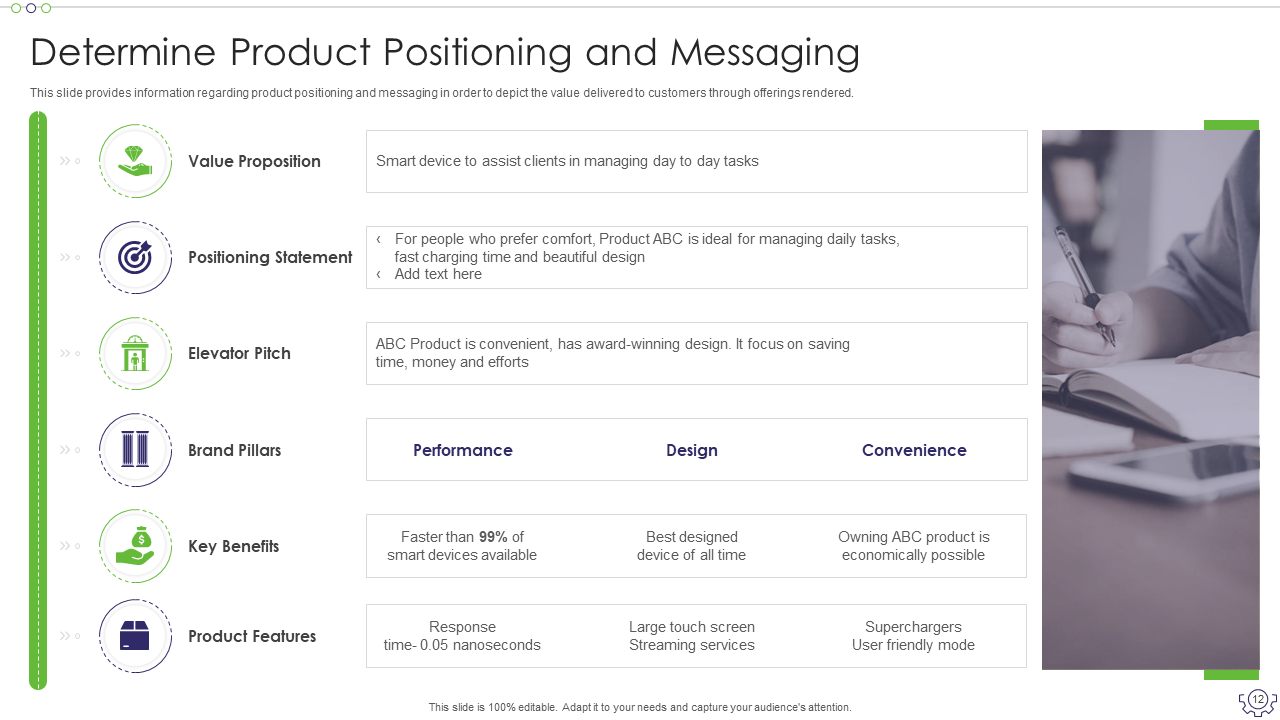
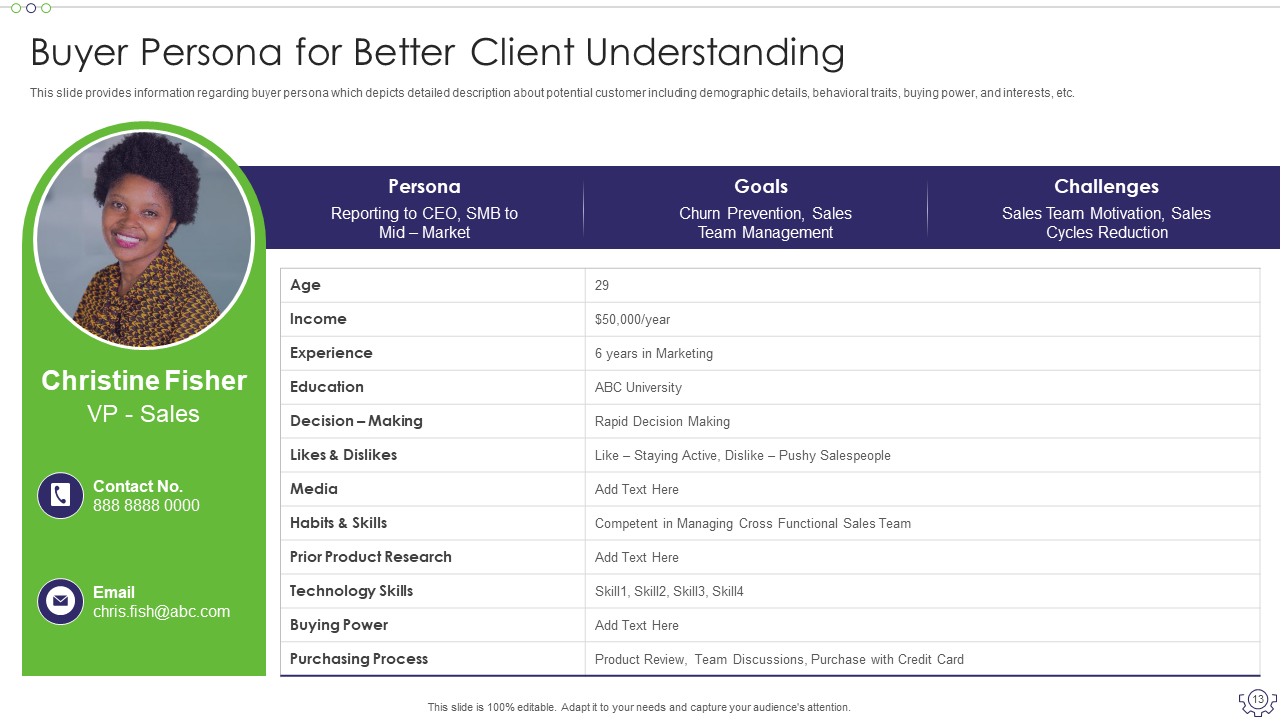
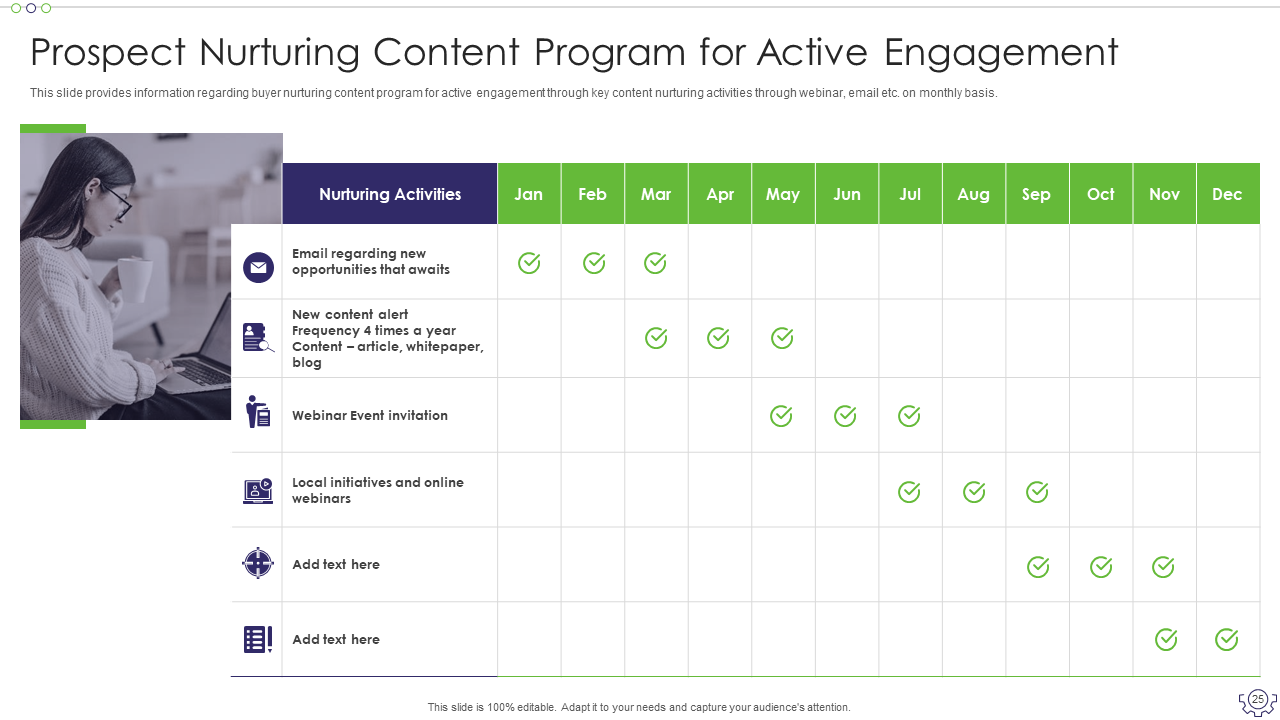
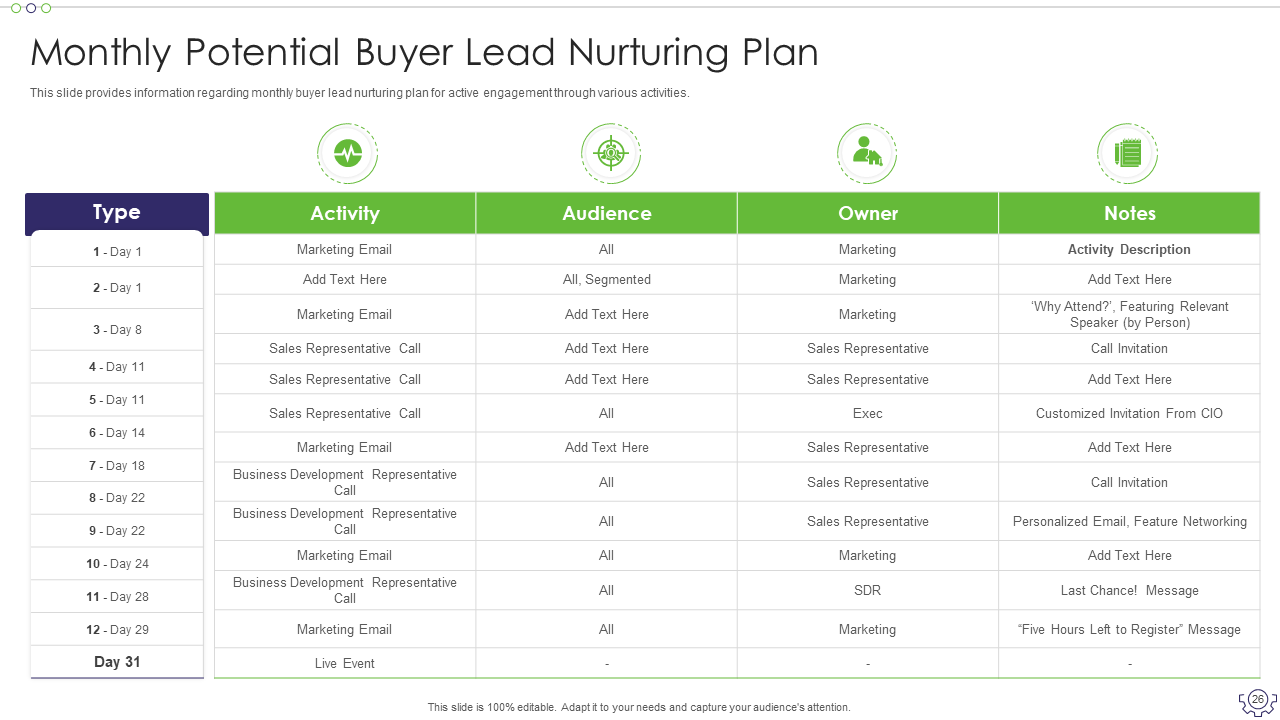
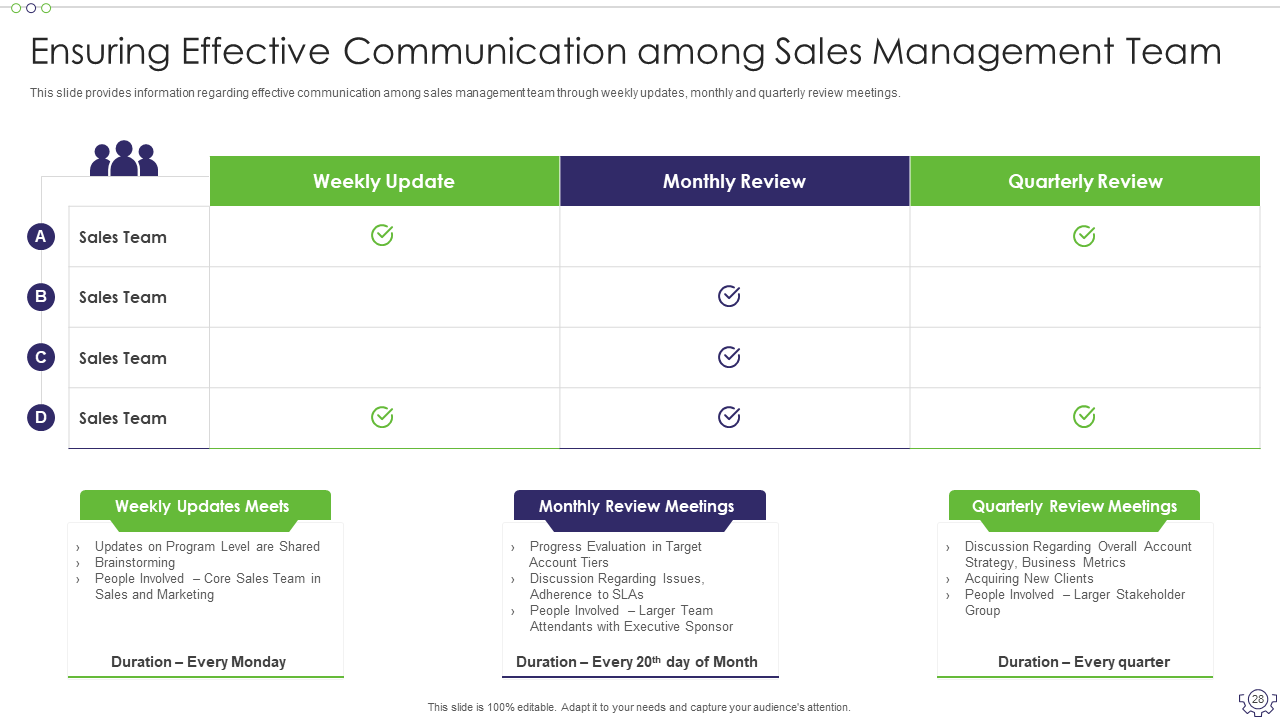
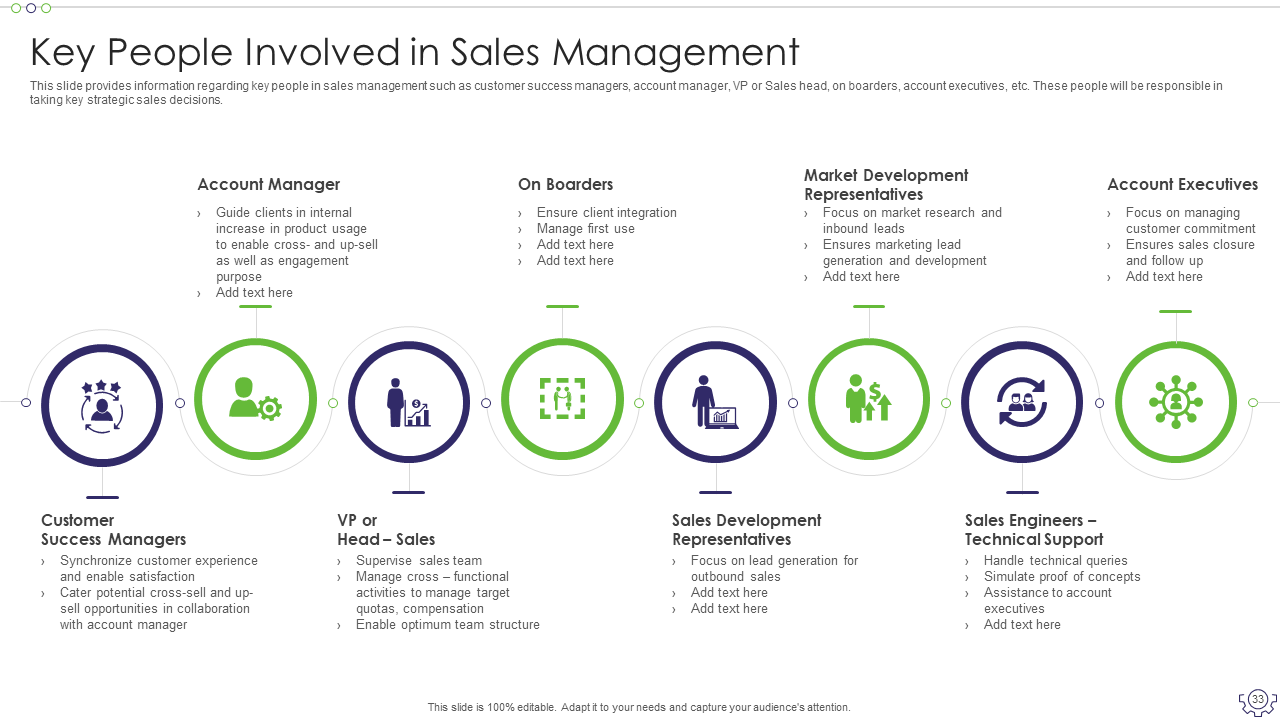
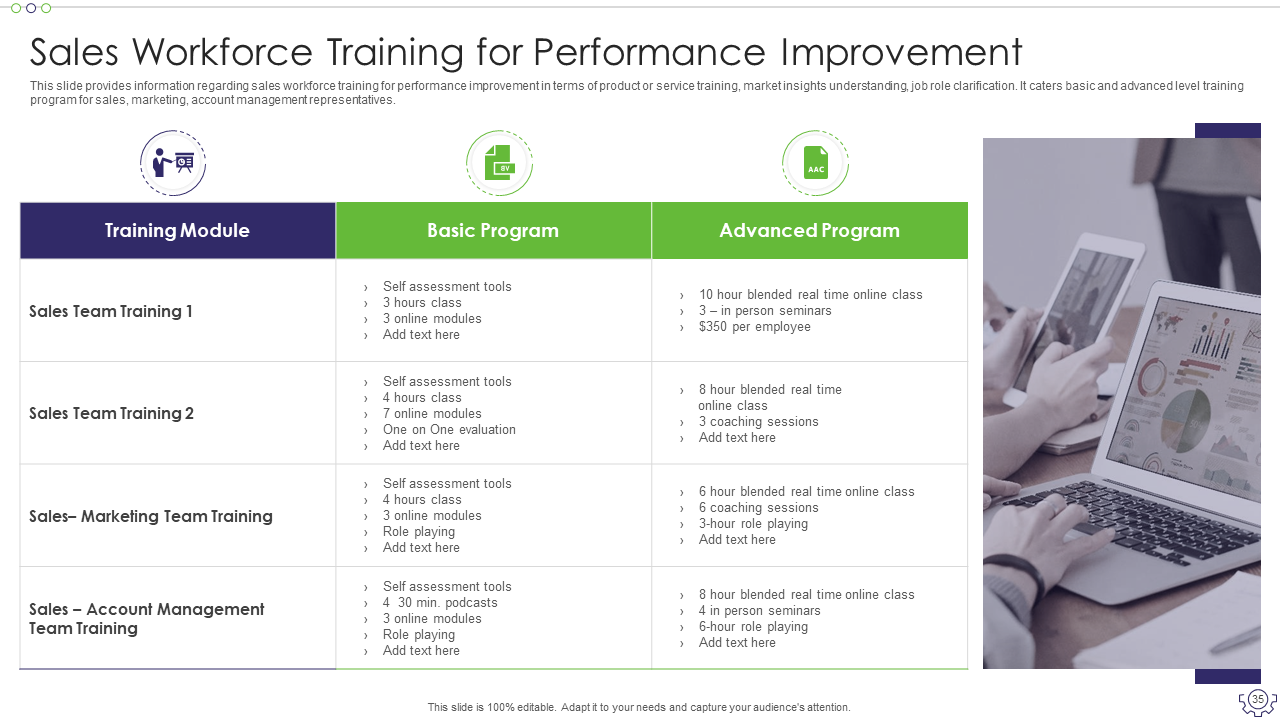




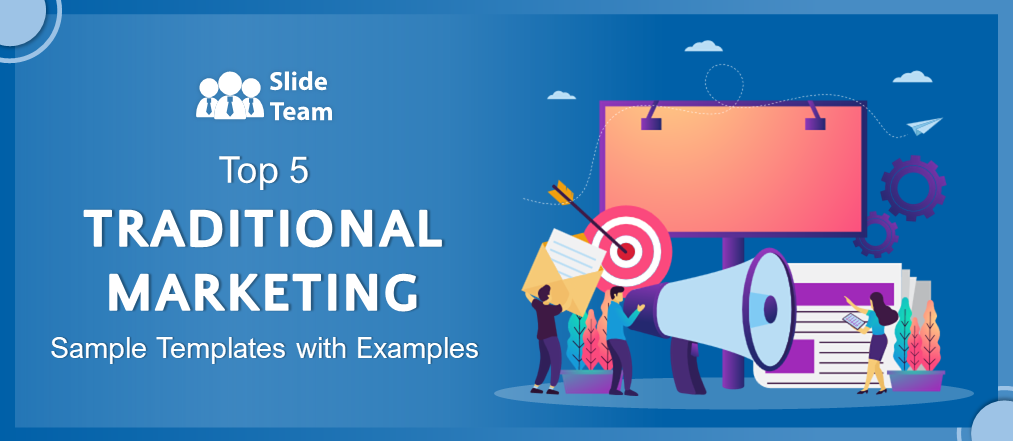
![10 Best Digital Marketing Case Study Templates to Highlight Your Unique and Rewarding Strategies [Free PDF Attached]](https://www.slideteam.net/wp/wp-content/uploads/2022/05/1013x441no-button-1-2-493x215.gif)
